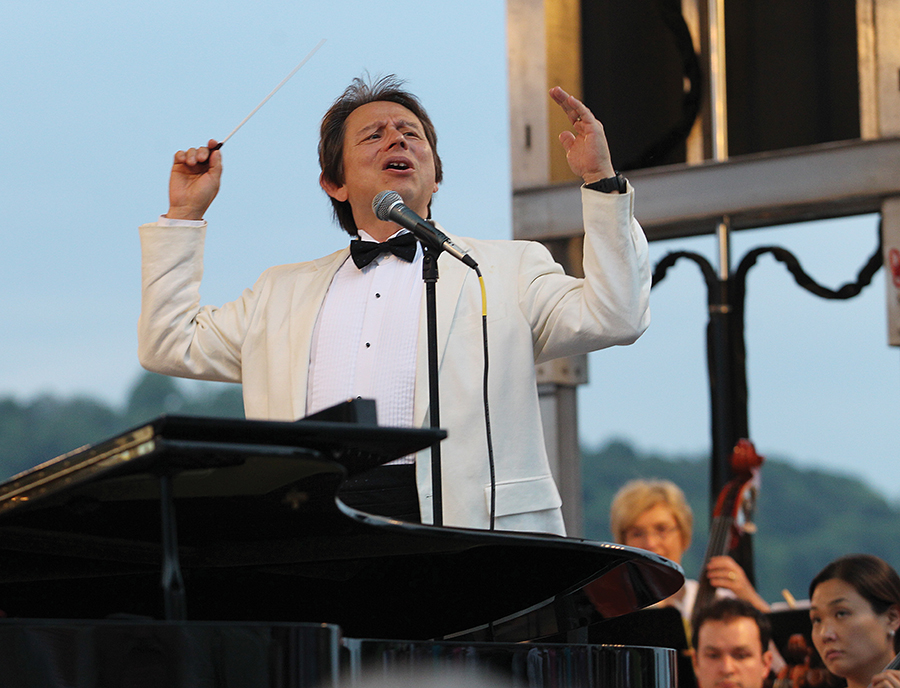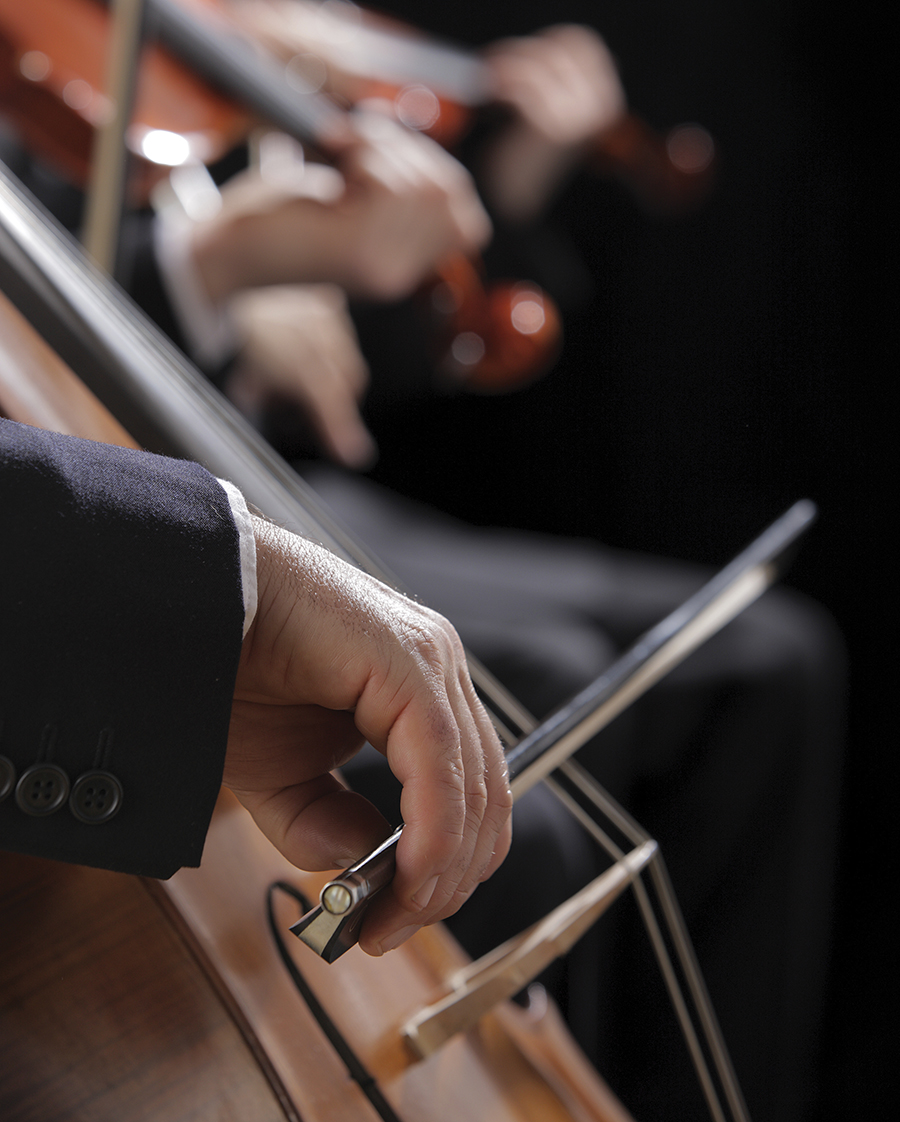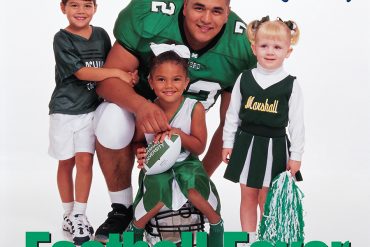The storied Huntington Symphony Orchestra has weathered some tough financial times, but thanks to the support of the community it is bigger and better than ever.
By Carter Taylor Seaton
HQ 90 | SUMMER 2015
The Huntington Symphony Orchestra is an integral part of the cultural fiber of Huntington – and has been, in one form or another, for 45 years.
Born following an October 25, 1970, concert that marked the opening of the Huntington Museum of Art’s new auditorium, the original orchestra was organized by Dr. Paul Whear, Dr. Paul Balshaw and Janet Bromley, all Marshall University music professors. The newly named Huntington Chamber Orchestra held its first official concert in May 1971. For the next 30 years, Dr. Whear directed the chamber group in concerts held at the museum or the Jean Carlo Stephenson Auditorium in City Hall. Dr. Whear retired in 1990 and is now the symphony’s conductor emeritus.
After his retirement, the orchestra had several directors and grew. Then, in 1998, to reflect what the orchestra had become, the board voted to change the official name to the Huntington Symphony Orchestra (HSO). At the same time, it hired current music director and conductor, the ever-entertaining and energetic Maestro Kimo Furumoto. Furumoto’s showmanship quickly became a much-anticipated part of each performance.

“I guess people like that,” Furumoto says of his exuberance and occasional costumes, “but it comes from within. It’s my own enjoyment and enthusiasm for music. I’m not putting it on; it’s what I really feel about it.”
At the time, he was on the faculty of Ohio University, but he now returns for each concert from California, where he is an associate professor of music at California State University, Fullerton. He also serves as music director for the Rio Hondo Symphony Orchestra in Whittier, California.
The new maestro began recruiting from a broader geographical area, and now the symphony consists of 45-50 professional musicians, depending on each concert’s program. The talent comes from as far away as Cincinnati, Columbus and Athens, Ohio; Lexington and other parts of Kentucky; Pittsburgh; Morgantown; and the Charleston area. Tri-State area musicians and many from the Marshall community are also members. In 2008, the HSO adopted the historic Keith-Albee Performing Arts Center as its home base.
During the 2008-2011 economic downturn, the organization hit a rough patch financially, and the board cut the winter season from five to four performances. In fact, in March 2011, they feared the last concert was at hand. But according to Furumoto, the community saw its value and refused to let it die.
“The community said, ‘No, this is important,’ and rallied around the cause,” Furumoto explains. He believes the HSO came out of the ordeal stronger and more resilient. Ed Dawson, HSO board member and editor of The Herald-Dispatch, agrees.
“The group has really bounced back, and I credit Maury Mufson and his leadership with making a lot of that happen,” Dawson says.
Maurice A. Mufson is the current president of the board of trustees. According to Mufson, however, part of the credit for their current financial stability goes to T. Hogan Haas, the symphony’s CEO/executive director. Mufson says Haas, a former marketing professional, has done a wonderful job since his hiring in October 2008. His skills have paid off – attendance has increased 80 percent in recent years.

Mufson, who also served as president from 1998-2000, will admit that when he became president again in 2013, he went looking for ongoing financial commitments to the HSO.
“I asked each of the groups if they would not only make a contribution and become a sponsor of the symphony that year, but also make a three-year commitment,” Mufson says. “A lot of them did, and that made a significant difference in terms of our fiscal stability. We raised money through various hospitals, businesses, corporations and individuals. Other people have joined in the fundraising, so now I think the orchestra is in very sound financial status.”
On a relatively small budget of $400,000, the symphony performs seven annual concerts – four winter classical offerings, and three summer riverbank “Pops” concerts. Each concert costs about $65,000, but ticket sales cover only about 20 percent of that. Sponsorships and the efforts of the board members make up the rest. Although they are now fiscally sound, Mufson says the board wants to remain that way in the future. Furumoto says an endowment would help the situation.
“If we could have a little bit more breathing room, it would ensure this resource for the community for many, many years to come,” Furumoto says. “That is truly the hope, I think, of all of us.”
While the Winter Classical season has ended, the summer “Pops” series is shaping up to be a blockbuster. On June 13, the Springsteen tribute band, Bruce in America, rocked the riverbank.
July 18 brings Mary Wilson, one of the original Supremes to join the orchestra for some hot soul music. And on August 8, the HSO will feature Suzy Bogguss for a romping round of country-flavored selections.
And, as Mufson turns over the reins to the incoming president, Jim St. Clair, more exciting plans are in the works for next year. While Maestro Furumoto is choosing the winter offerings, the staff and board are planning to move the summer “Pops” concerts out of the amphitheater, which the audience has outgrown, to a larger grassy area just east in Harris Riverfront Park.
The new location will accommodate about 5,000, according to Haas. And, it will offer a panoramic view of the river. So, stand by … as the summer tag line says, “Baby, you will be amazed.”





